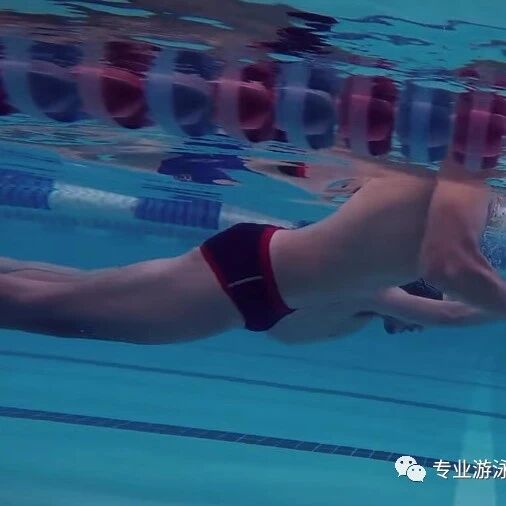Why aren’t you swimming faster in your full immersion technique? Your focus needs to shift—quickly.
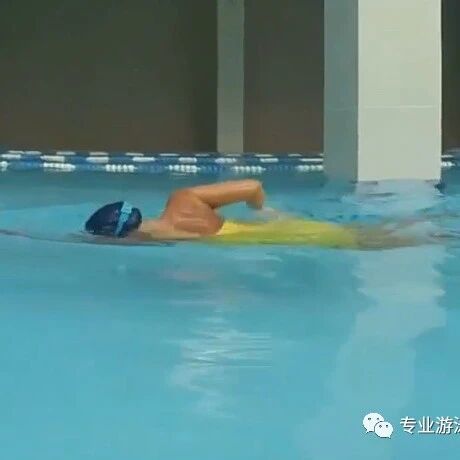
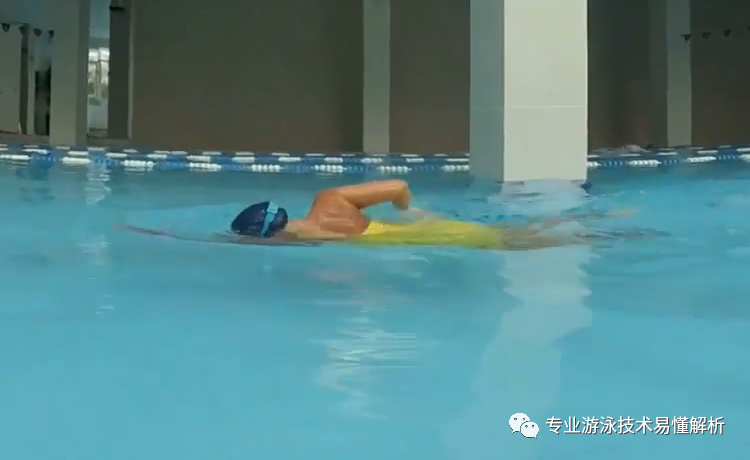
These days, everyone’s talking about staying true to your "original intention." But what exactly is that "original intention"? It’s about continuously refining your swimming technique, deepening your understanding of the sport, and ultimately embracing the physical and mental joy that swimming brings. From the perspective of the "Total Immersion" freestyle approach, fully immersing yourself in the water and attentively tuning into your body’s sensations is the single most effective way to elevate your swimming skills. Whether you’re just learning how to swim or looking to boost your speed, this mindful, holistic connection with the water remains essential—though the focus may shift from specific, localized movements to a more fluid, overall sense of flow during your stroke.
1. From the part to the whole, and then back from the whole to the part
In short, when learning to swim, focus on how your movements affect your forward propulsion—specifically, pay close attention to the key techniques, as proper execution directly determines your swimming efficiency. As you aim to increase your speed, analyze your current swimming performance to identify areas for improvement. At this stage, you’re no longer bound by rigid technical guidelines but instead rely on continuous self-assessment, reflection, hands-on experimentation, and creative adaptation during your practice. As long as these adjustments align with fundamental swimming principles and help refine your streamlined body position or enhance your propulsive power, they should be encouraged and embraced.
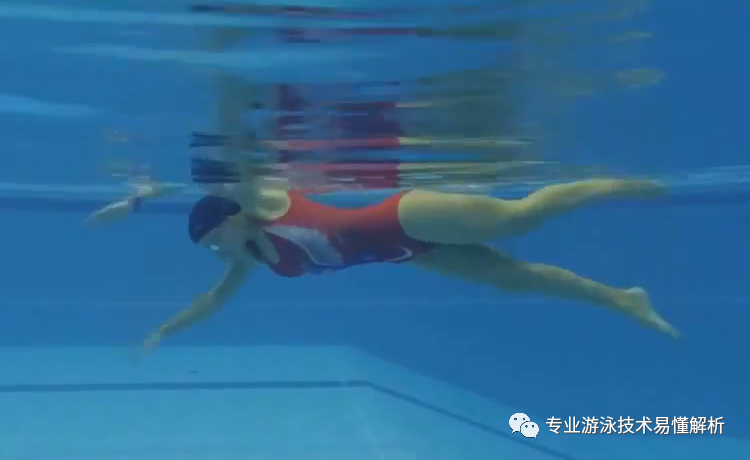
2. Double-Paddle Strokes and Excessive Gliding
The two-beat arm pull is a key component of the Total Immersion swimming practice system, designed to help swimmers grasp the coordinated relationship between their arms and shoulder joints, as well as their legs and hip joints. It also emphasizes how core strength plays a crucial role in guiding body rotation, ultimately enhancing the overall efficiency of forward propulsion. However, many swimmers mistakenly adopt the two-beat arm pull as their default stroke pattern—especially those who learned to swim through the Total Immersion method, where this tendency is even more common. While the two-beat arm pull is indeed the most energy-efficient and comfortable way to swim long distances, swimmers should remain mindful of its potential drawbacks, as it could inadvertently become a barrier to further improving their swimming technique.
The most typical issue is excessive glide. Overglide is particularly common in breaststroke, while freestyle exhibits significantly less overglide compared to breaststroke. However, swimmers accustomed to the two-beat kick and stroke rhythm in freestyle often fall into the trap of overgliding. This behavior—deliberately slowing down the swim’s forward momentum—is entirely human-made. Once it becomes a habit, swimmers tend to comfortably settle into their comfort zone, mistakenly viewing freestyle as a simple, repetitive alternation of left-and-right arm strokes. As a result, they overlook the continuous, cumulative effect of swimming inertia, making it increasingly difficult to increase stroke frequency and ultimately hitting a speed plateau.
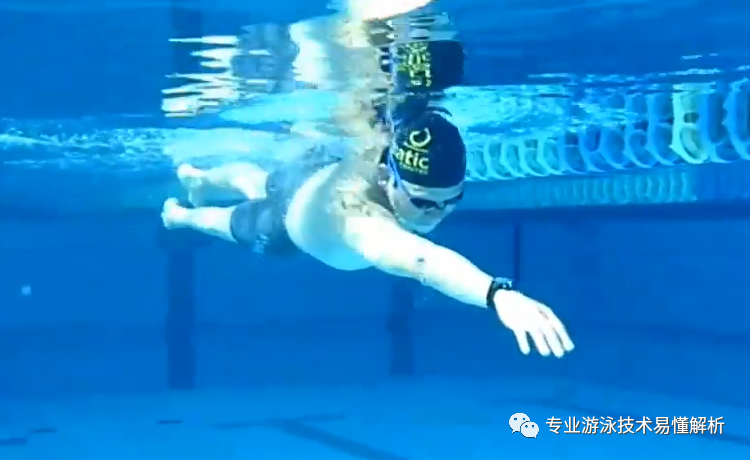
3. Balancing Physical Comfort with Proper Movement Techniques
When learning to swim, swimmers should naturally follow proper technique—but they should also pay close attention to the differences between their actual movements and the ideal form. Some discrepancies may be outright unacceptable, such as failing to keep limbs relaxed or letting the forward-reaching arm drift off course; these clearly qualify as incorrect techniques. On the other hand, certain variations might simply reflect limitations in the swimmer’s physical condition, like being unable to achieve a truly "high-elbowed" stroke or experiencing shoulder discomfort during wide-arm recovery. While these still technically count as mistakes, for the individual swimmer, they can actually be considered correct actions—provided the swimmer understands the underlying reasons behind the errors and recognizes how these imperfections might affect their performance. After all, there’s no need to push yourself too hard when progress takes time.
Why is this point specifically emphasized? Because it’s particularly important for swimmers eager to improve their technique—helping them avoid both the illusion of physical comfort and the misguided overemphasis on perfecting every movement at the expense of listening to their body’s natural cues. Of course, everyone’s tolerance level differs, encompassing two key aspects: muscle lactate endurance and mental resilience. In some cases, mental strength actually becomes more critical than physical endurance—after all, professional swimmers often possess far greater psychological fortitude compared to amateur enthusiasts.
Related Articles
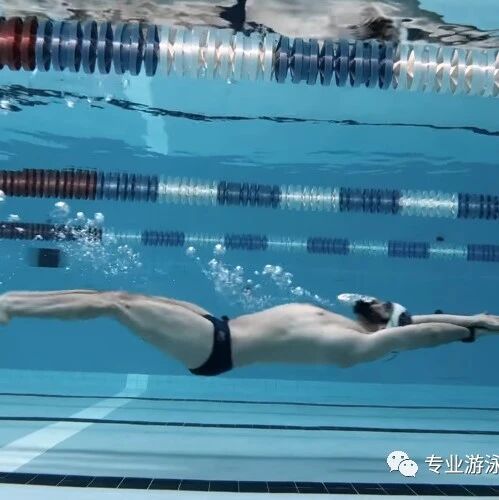
"Easy to learn is the biggest misconception about backstroke—common beginner mistakes to watch out for."
